
In the illustrious realm where pop culture intersects with high art, Madonna stands as an undisputed icon—not merely for her groundbreaking music and transformative stage presence, but also as a formidable and discerning collector of some of the world’s most cherished artistic treasures. Her private collection, meticulously amassed over three decades, is a testament to an astute eye and a profound appreciation for beauty and narrative, estimated to be worth a minimum of $100 million, potentially soaring to $200-300 million in a robust art market.
This is not merely an assemblage of expensive acquisitions; it is a meticulously curated dialogue with art history, reflecting a connoisseur’s dedication to modern masters and contemporary provocateurs alike. From the vibrant cubist forms of Fernand Léger to the deeply personal narratives of Frida Kahlo, Madonna’s collection offers a captivating glimpse into the aesthetic sensibilities of a true cultural titan, revealing a passion that transcends fleeting trends to embrace enduring artistic legacies.
Join us as we embark on a luxurious journey through the first half of Madonna’s unparalleled art holdings, exploring the pivotal pieces that define her collection. We will uncover the stories behind her earliest significant acquisitions, delve into the profound statements made by her chosen artists, and appreciate the craftsmanship and historical context that imbues each work with timeless allure.
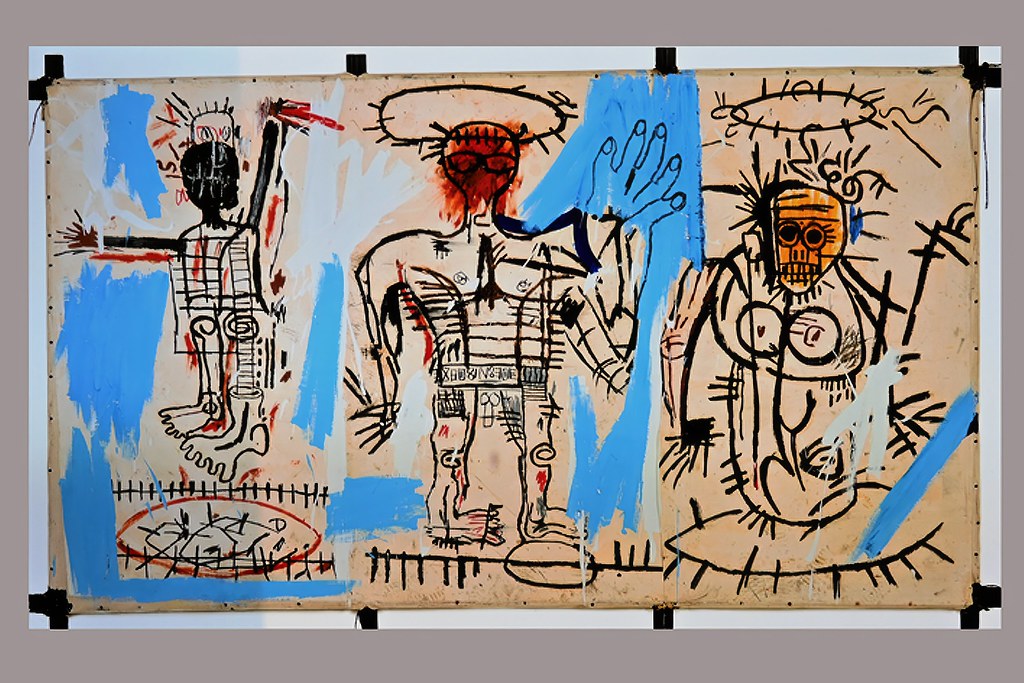
1. **Jean-Michel Basquiat’s Evaporated Canvases**Before her global superstardom solidified, Madonna shared a significant, albeit tumultuous, chapter with the prodigious artist Jean-Michel Basquiat in the early 1980s. Both were on the precipice of widespread fame, navigating the electric, experimental landscape of New York’s burgeoning art scene. During this intense period of shared creativity and personal connection, Madonna acquired a number of Basquiat’s captivating paintings, pieces that would eventually become legendary, though tragically, not part of her enduring collection.
Their relationship, as Madonna recounted on the Howard Stern Show, was deeply intertwined with Basquiat’s artistic process and personal struggles. She spoke of him as “an amazing man and deeply talented,” confessing her love for him despite his battles with addiction. The paintings she acquired were a tangible representation of this profound, formative connection, capturing the raw energy and intellectual depth characteristic of Basquiat’s early career.
However, their story took a poignant turn upon their separation. According to Madonna, when their relationship ended, Basquiat insisted she return the paintings he had gifted her. In a stark act of artistic reclamation, he then, with a definitive gesture, “painted over them black.” This act of erasure, while heartbreaking for the potential value and historical significance of the lost works, underscores the intense, often volatile, nature of artistic creation and personal relationships within the avant-garde circles of the era.
Though these Basquiat pieces no longer exist in their original form within her collection, their brief presence marks a crucial, formative period in Madonna’s journey as an art collector. They represent her earliest ventures into acquiring truly groundbreaking contemporary art, establishing a precedent for her fearless and prescient approach to collecting, even as they now exist only as a powerful, vanished memory in the annals of her art-collecting narrative.
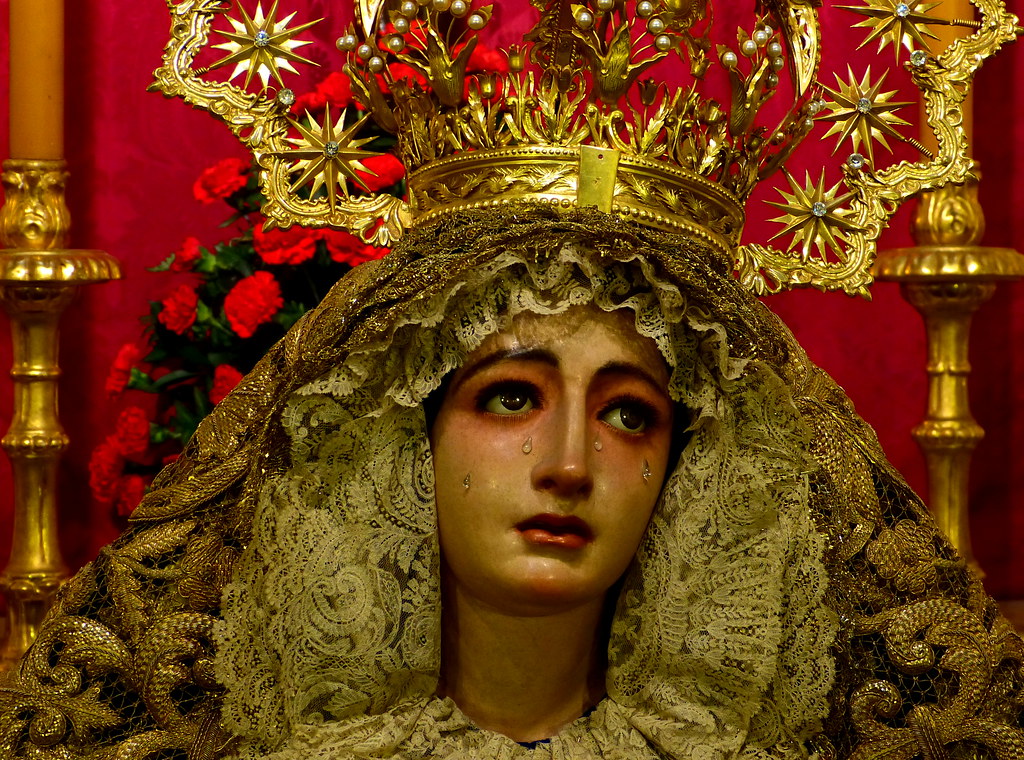
2. **Fernand Léger’s “Les Deux Bicyclettes” (1944)**Madonna’s foray into serious art collecting truly commenced in 1987, a pivotal year marked by her acquisition of Fernand Léger’s striking 1944 work, “Les Deux Bicyclettes.” This painting, secured for a sum of $1 million, proved to be an extraordinary investment, an absolute “steal given today’s prices for Leger’s paintings and similar works of art,” as noted by experts. It eloquently signifies the beginning of her journey into the rarefied world of blue-chip acquisitions, showcasing an early and discerning eye for lasting value.
Léger, a towering figure in modern art, was a French Cubist painter, celebrated for his distinctive mechanical style and his ability to translate the dynamism of the modern industrial age onto canvas. His work often fragmented and reassembled elements of reality into powerful, geometric compositions, imbued with a vibrant sense of movement and structure. “Les Deux Bicyclettes” epitomizes this aesthetic, reflecting his enduring fascination with machinery and the elegance of functional forms.
The inclusion of such a significant Léger piece demonstrates Madonna’s early inclination towards masters of the modernist movement, establishing a strong foundation of art historical importance within her burgeoning collection. It’s a work that speaks to the clarity of line, the boldness of form, and the enduring appeal of Cubist principles, offering both aesthetic pleasure and intellectual stimulation to its esteemed owner.
This acquisition not only marked her official entry into the serious collector’s arena but also signaled a sophisticated understanding of art as both a cultural investment and a deeply personal passion. It set the tone for the quality and caliber of art that would come to define her magnificent holdings, establishing a benchmark of excellence from the outset.
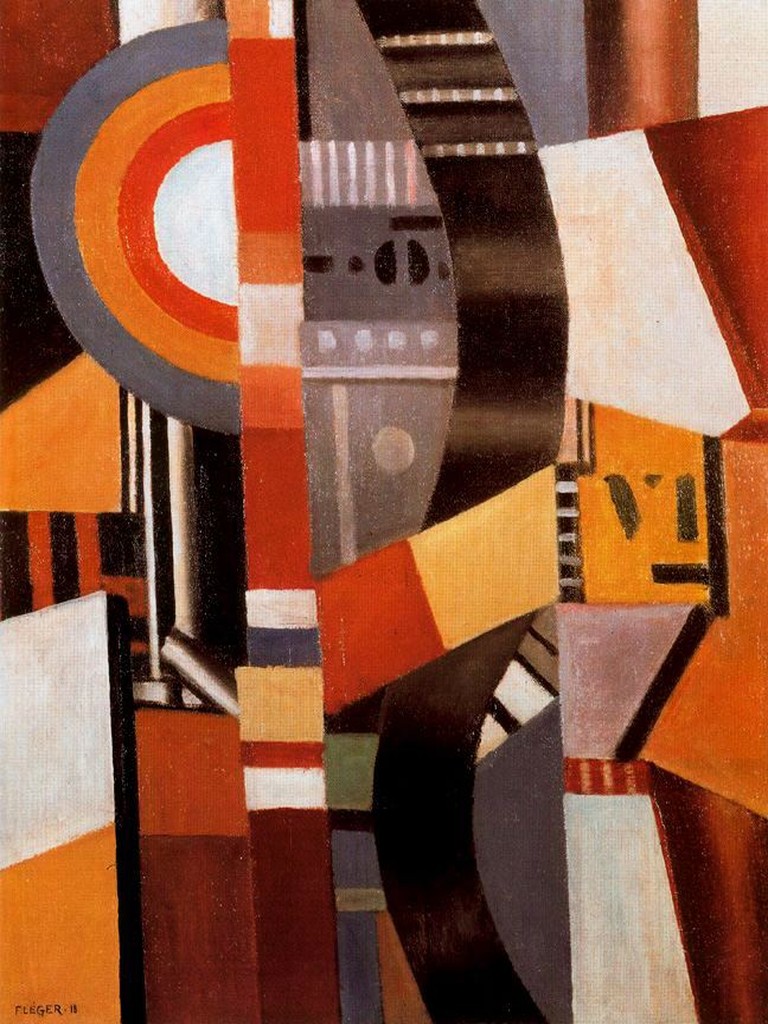
3. **Fernand Léger’s “Trois Femmes à la Table Rouge” (1921)**Beyond “Les Deux Bicyclettes,” Madonna also proudly owned another monumental work by Fernand Léger: “Trois Femmes à la Table Rouge.” This exquisite painting, executed in 1921, stands at the height of Léger’s iconic Mechanical Elements series, a period of profound artistic exploration for the French master. The work belongs to a significant series depicting three women with still-life components, which Léger initiated in 1920, evolving his style over the subsequent two years.
This particular rendition, “Trois Femmes à la Table Rouge,” signifies a climax in Léger’s transformation towards increased abstraction within his female subjects. It represents a truly unique Cubist moment for the artist, distinguished by its emphatic use of strong colors and purified geometries. Such stylistic choices underscore Léger’s innovative approach, pushing the boundaries of Cubism while maintaining a distinct, recognizable aesthetic that influenced generations of artists.
In 2013, Madonna made a remarkable decision regarding this masterpiece. She sold “Trois Femmes à la Table Rouge” at Sotheby’s for an impressive $7.2 million, surpassing its pre-sale estimate of $5-7 million. The proceeds from this significant sale were not for personal gain but were entirely donated to her Ray of Light Foundation, an organization dedicated to supporting education projects for girls in regions such as the Middle East, South Asia, and Africa. This act demonstrated her profound commitment to social causes, trading “something valuable for something invaluable,” as she profoundly articulated.
This philanthropic gesture added another layer of meaning to her ownership of the painting. It highlighted the intrinsic value of art not only as an aesthetic object but also as a powerful instrument for positive change in the world. The painting’s journey from her private collection to a public auction, benefiting such a noble cause, solidified its legacy as a piece that transcended mere market value to embody a greater humanitarian purpose.
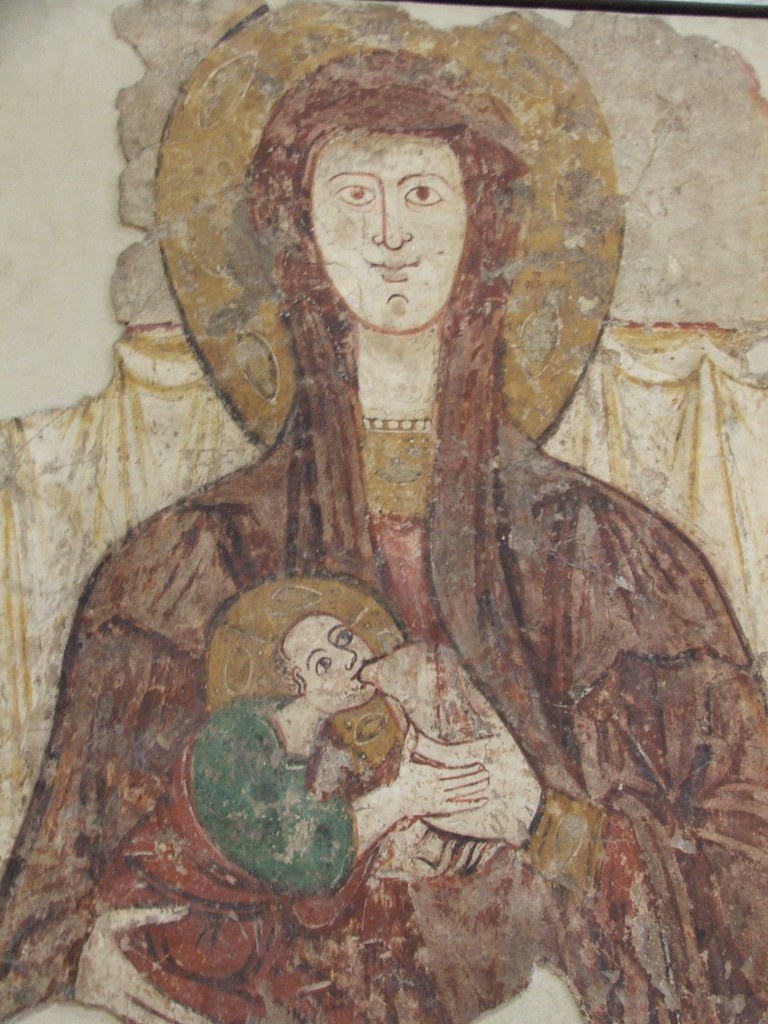
4. **Tamara de Lempicka’s Art Deco Pantheon**Madonna’s affinity for the glamorous and audacious extends seamlessly into her profound admiration for Tamara de Lempicka, a Polish Art Deco painter whose distinctive style became synonymous with the era’s sophisticated modernity. The pop icon’s collection of Lempicka’s works is so extensive that in a revealing 1990 interview with Vanity Fair, Madonna famously declared, “I have a ton of her paintings in New York. I have a Lempicka museum.” This statement alone speaks volumes about the depth and breadth of her engagement with the artist’s oeuvre.
Lempicka is widely celebrated as “the first woman artist to be a glamour star,” her work captivating audiences and collectors since the 1930s. Her colorful, graphic style, characterized by bold lines, sharp angles, and an almost sculptural quality, perfectly captures the elegance and daring spirit of the Art Deco period. Her subjects, often strong, sensual, and self-assured women, present a powerful and unapologetically feminine perspective that resonated deeply with Madonna’s own artistic persona and thematic explorations.
The allure of Lempicka’s paintings lies in their blend of classical influences with a strikingly modern sensibility, creating images that are both timeless and forward-thinking. Madonna’s substantial acquisition of these works underscores her appreciation for artists who not only define a movement but also embody a sense of empowered artistry. It’s a collection that doesn’t just fill a space but pulsates with a distinct, confident energy, much like Madonna herself.
Her “Lempicka museum” at home serves as a private testament to a shared vision of glamour, ambition, and artistic innovation. The rich, descriptive language of Lempicka’s canvases, depicting a world of luxury and self-possession, provides a perfect complement to the opulent and meticulously designed spaces Madonna inhabits, enriching her personal narrative through art history.
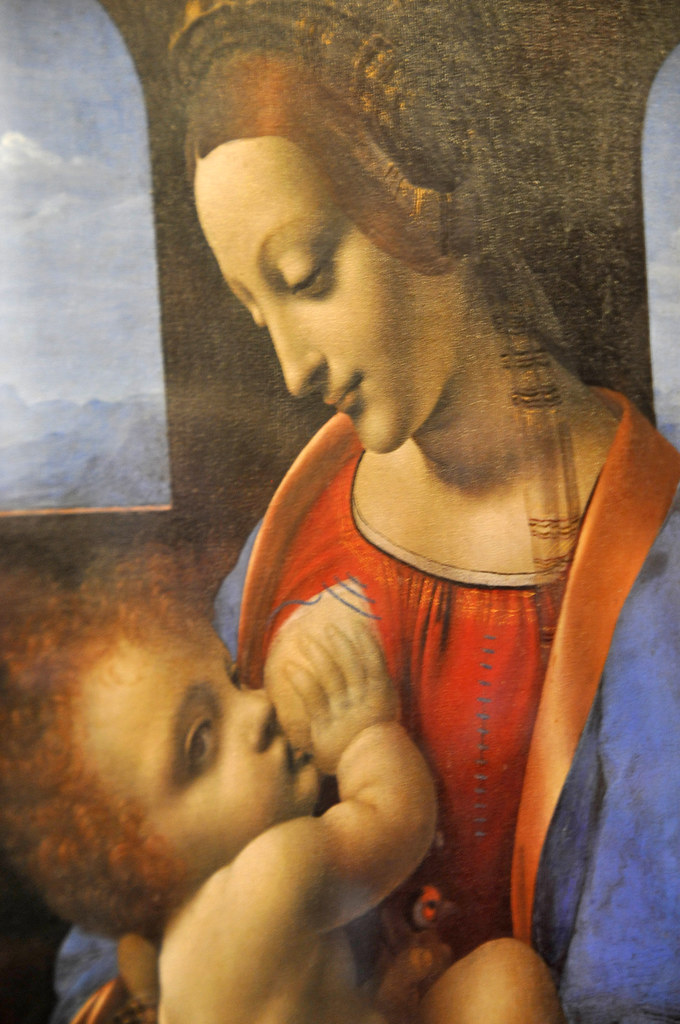
5. **Man Ray’s Provocative “Kiki de Montparnasse” (1932)**Among the many celebrated pieces within Madonna’s collection, a particular photograph by Man Ray, depicting the iconic French artist’s model Kiki de Montparnasse, stands out for its bold artistic statement and intrinsic historical significance. This striking photograph, captured in 1932, once held a prominent place in Madonna’s Los Angeles living room, a testament to her appreciation for art that challenges conventions and celebrates the human form with sophisticated artistry.
Man Ray, a pivotal figure in the Dada and Surrealist movements, was a master of photography, known for his innovative techniques and his ability to infuse his images with profound psychological depth and an undeniable aesthetic allure. Kiki de Montparnasse, born Alice Prin, was not just a model but an artist, cabaret performer, and muse to many avant-garde artists in 1920s Paris, embodying the liberated spirit of the era. Her portrayal by Man Ray is an enduring emblem of artistic freedom and the power of the female gaze.
The photograph’s presence in Madonna’s personal space speaks to her consistent embrace of the provocative and the aesthetically daring. It aligns perfectly with her own career, which has often pushed boundaries in visual and performative art, making statements about uality, identity, and empowerment. The image, devoid of vulgarity, exudes a confident sensuality that resonated with Madonna’s own artistic ethos.
This piece by Man Ray is more than just a photograph; it’s a slice of art history, connecting Madonna’s contemporary cultural influence with the groundbreaking artistic movements of the early 20th century. It highlights her nuanced understanding of art’s capacity to both reflect and shape cultural narratives, providing a luxurious and evocative centerpiece for her discerning eye.

6. **Frida Kahlo’s “Self Portrait with Monkey” (1940)**Madonna’s deep admiration for Frida Kahlo is well-documented, a connection that transcends mere connoisseurship to touch upon a profound shared sensibility for powerful, unvarnished expression. Among the revered Kahlo pieces in her collection is the poignant “Self Portrait with Monkey,” painted in 1940. This work encapsulates Kahlo’s signature style, blending surrealist elements with deeply personal symbolism, offering an intimate window into her complex inner world and vibrant cultural heritage.
In this self-portrait, Kahlo presents herself with a monkey, a creature that often appeared in her works, sometimes as a symbol of protection, sometimes as a substitute for the children she longed for, and at other times representing a mischievous companion. The painting is rich with the emotional intensity and visual storytelling characteristic of Kahlo, drawing the viewer into a narrative woven with pain, resilience, and unique Mexican iconography. It is a testament to Kahlo’s ability to transform personal suffering into universal art.
Madonna’s ownership of such a piece underscores her appreciation for Kahlo’s fearless exploration of identity, gender, and the human condition. The artist’s powerful gaze and the intricate layers of meaning within the portrait resonate deeply with Madonna’s own career, which has consistently challenged societal norms and celebrated individuality. It’s a work that demands contemplation and reflects a luxurious depth of artistic taste.
The estimated value of Madonna’s overall art collection, which boasts at least five Frida Kahlo paintings, is significantly bolstered by such iconic pieces. “Self Portrait with Monkey” serves as a beacon of Kahlo’s enduring legacy, showcasing a powerful female artist whose work continues to captivate and inspire, perfectly aligning with Madonna’s own status as a trailblazing woman in the arts.

7. **Frida Kahlo’s Unflinching “My Birth” (1932)**Perhaps one of the most intensely personal and famously controversial works in Madonna’s formidable collection is Frida Kahlo’s “My Birth,” painted in 1932. This painting is so profoundly significant to Madonna that she declared in the same 1990 Vanity Fair interview, “If somebody doesn’t like this painting, then I know they can’t be my friend.” Such a powerful statement highlights the intimate and unyielding connection Madonna feels to this particular piece, recognizing its raw honesty and potent symbolism.
“My Birth” is an unflinching depiction of Kahlo’s own birth, rendered with a visceral intensity that is both shocking and deeply moving. It is a stark, almost clinical, yet emotionally charged exploration of creation and mortality, presented through the unique lens of Kahlo’s surrealist-inflected realism. The painting’s challenging subject matter and directness are emblematic of Kahlo’s courageous artistic voice, refusing to shy away from the most difficult aspects of human experience.
This iconic 1932 painting achieved further prominence when it was featured in the prestigious Tate Gallery in London in 2005, allowing a wider audience to engage with its profound narrative. However, Madonna famously declined to loan this very painting to the Detroit Institute of Arts for an exhibition, a decision that underscored her protective stewardship of such a deeply personal and culturally significant artwork.
The refusal to loan “My Birth” to Detroit, where Kahlo also lived and painted, speaks to the unique relationship Madonna maintains with her art—not just as acquisitions, but as extensions of her own artistic and personal philosophy. This piece, more than many others, exemplifies the depth of Madonna’s commitment to art that confronts, provokes, and ultimately, profoundly connects with the human spirit, making it a cornerstone of her extraordinary collection and a testament to her discerning, authoritative taste.”
,”_words_section1″: “1967
Continuing our grand tour through the extraordinary art holdings of Madonna, we now pivot to further layers of her discerning taste, revealing a collection that not only celebrates established masters but also embraces the compelling narratives of their contemporaries and the provocative voices of modern artists. Her treasury extends beyond the initial foundational pieces, showcasing an evolving dialogue with art that remains deeply personal yet profoundly influential. Each acquisition, whether a bold Cubist statement or a nuanced contemporary reflection, contributes to a magnificent tapestry of artistic expression, echoing the Queen of Pop’s own innovative spirit.
We delve deeper into her reverence for Mexican modernism, uncover her foray into the towering figures of European modernism, and ultimately appreciate the thoughtful embrace of contemporary provocateurs who push the boundaries of visual storytelling. This exploration not only solidifies her status as a serious connoisseur but also illuminates the power of art to inspire, provoke, and even drive philanthropic endeavors on a global scale. Join us as we unveil the remaining facets of this truly remarkable private collection, a testament to enduring beauty and a visionary artistic sensibility.

8. **Diego Rivera’s Captivating Female Nude**Beyond her well-documented devotion to Frida Kahlo, Madonna’s collection also honors another titan of Mexican modernism, Diego Rivera. Among her impressive holdings is a striking painting of a female by Rivera, a testament to her broad appreciation for the revolutionary artistic movements that emerged from Mexico in the early 20th century. Rivera, known for his monumental murals and his pivotal role in the Mexican Muralism movement, brought a distinctive social and political consciousness to his art, often celebrating the human form with a robust, almost sculptural quality.
This specific acquisition highlights Madonna’s discernment, recognizing Rivera’s masterful ability to combine classical artistic traditions with a distinctly modern and often indigenous aesthetic. His female s, while perhaps less overtly political than his public murals, are imbued with a quiet dignity and a profound celebration of the body, reflecting a deep connection to life and vitality. Such works speak to the artist’s enduring legacy and his powerful contribution to the global art canon.
Owning a piece by Diego Rivera places Madonna’s collection firmly within the narrative of art history’s most significant movements. It underscores her commitment to collecting works that are not only aesthetically compelling but also historically resonant, demonstrating a connoisseur’s eye for pieces that offer both beauty and intellectual depth. The presence of Rivera’s work alongside Kahlo’s further enriches the Mexican modernism segment of her collection, creating a powerful dialogue between two of the era’s most influential artists.

9. **Frida Kahlo’s Resilient “The Wounded Deer” (1946)**Madonna’s profound connection to Frida Kahlo extends to multiple masterpieces, firmly establishing Kahlo as a cornerstone of her esteemed collection. Beyond the deeply personal “Self Portrait with Monkey” and “My Birth,” Madonna also proudly owns “The Wounded Deer,” painted by Kahlo in 1946. This exquisite piece, along with others, solidifies Madonna’s boast of possessing at least five Frida Kahlo paintings, further emphasizing the depth of her artistic affinity for the iconic Mexican painter.
“The Wounded Deer” is a particularly poignant work, reflecting Kahlo’s enduring struggles with physical pain and emotional anguish, themes that resonate with Madonna’s own explorations of vulnerability and strength throughout her career. In this self-portrait, Kahlo depicts herself with the body of a young deer, pierced by arrows, yet standing in a forest, embodying both suffering and an unwavering resilience. The imagery is rich with symbolism, drawing on elements of Christian martyrdom and ancient Aztec sacrificial rites, transforming personal pain into universal human experience.
Recently, Madonna herself offered a rare glimpse into her private world, sharing snaps on social media featuring her posed alongside this very 1946 self-portrait. Her caption, “In my own little corner, in my own little chair, I can be whatever I want to be,” beautifully encapsulates the intimate relationship she maintains with her art, using these pieces not just as decoration but as sources of profound personal reflection and inspiration. It’s a testament to the luxurious, evocative power of art to create a sanctuary for self-expression.
This deliberate engagement with Kahlo’s work underscores Madonna’s sophisticated understanding of art as a mirror to the soul, a canvas for self-discovery, and a powerful statement on the human condition. “The Wounded Deer” stands as another magnificent example of Kahlo’s unique ability to blend surrealism with raw autobiography, making it an invaluable part of Madonna’s extraordinary and deeply personal collection.
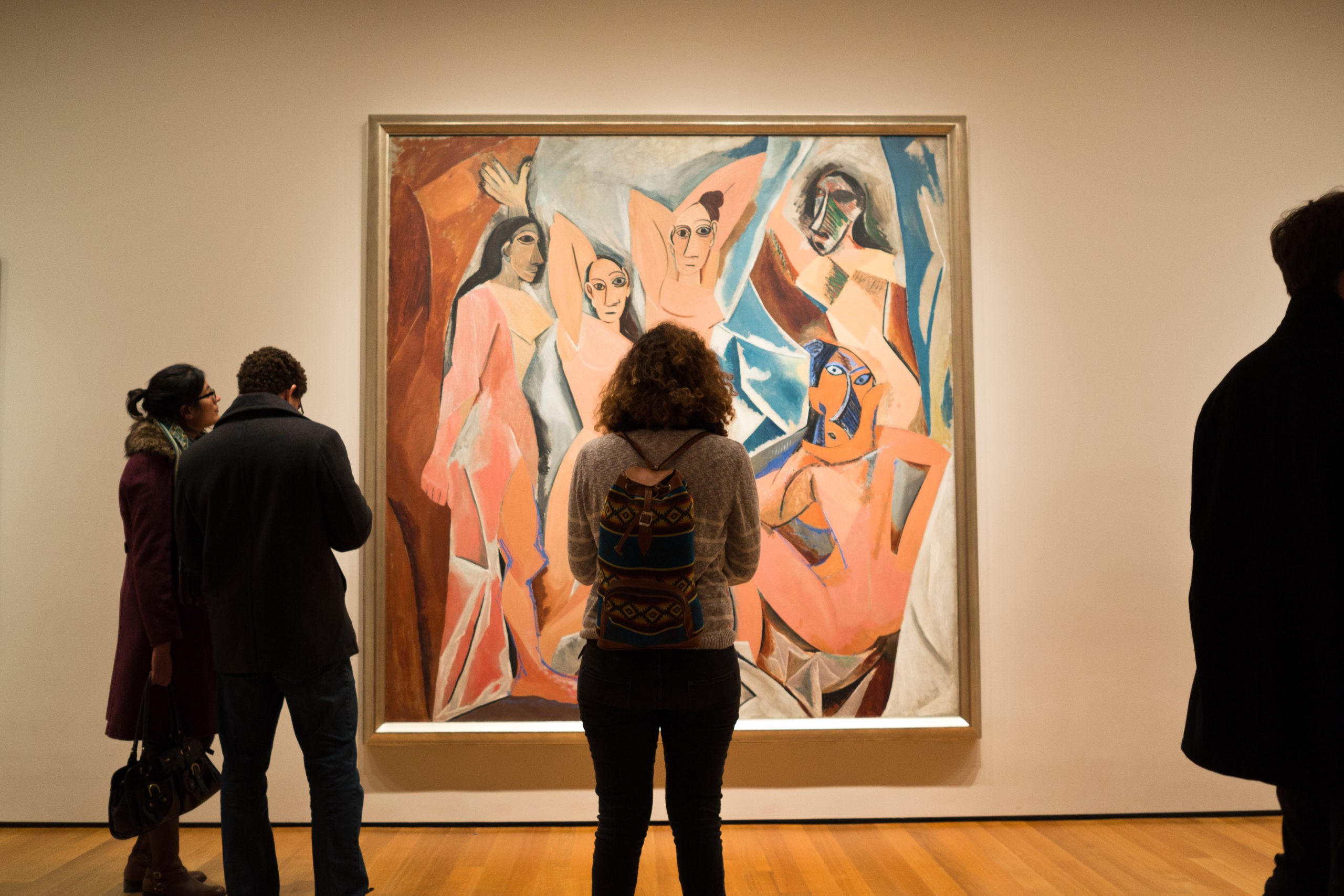
10. **Pablo Picasso’s “Buste de Femme a la Frange” (1938)**No collection aspiring to blue-chip status would be complete without a masterwork by Pablo Picasso, and Madonna’s treasury certainly does not disappoint. In 2000, she made a significant acquisition at Christie’s, securing Picasso’s “Buste de Femme a la Frange” (1938) for nearly $5 million. This powerful purchase firmly places her collection within the pantheon of serious art connoisseurs, showcasing a profound appreciation for one of the 20th century’s most revolutionary artists.
“Buste de Femme a la Frange” hails from Picasso’s highly productive and emotionally charged period of the late 1930s, often depicting his muse and lover, Dora Maar. These portraits are celebrated for their cubist fragmentation, vibrant colors, and intense emotional depth, reflecting the turbulent political climate of the time and the complexities of human relationships. The painting, with its distinctive ‘frange’ or fringe, captures the artist’s genius for deconstructing and reassembling form, offering multiple perspectives simultaneously.
Madonna’s decision to invest in such a pivotal work by Picasso underscores her preference for modernists and her clear understanding of enduring artistic value. It’s a piece that doesn’t just adorn a wall but commands attention, stimulating intellectual curiosity and aesthetic pleasure. The acquisition reflects an authoritative taste, affirming her commitment to collecting works that are both historically significant and aesthetically groundbreaking.
This Picasso, like many of the works in her collection, transcends mere ownership; it represents a cultural investment, a tangible link to a pivotal moment in art history. Its presence in her private collection speaks volumes about her sophisticated eye and her ability to curate a space that is as intellectually stimulating as it is luxuriously appointed, further cementing her legacy as a formidable art patron.
Ultimately, Madonna’s art collection is more than a display of wealth or impeccable taste; it is a living, breathing testament to her multifaceted identity—an artist, a connoisseur, and a humanitarian. The philanthropic dimension woven throughout her collecting journey elevates her position, solidifying her legacy not only as a formidable icon in pop culture and high art but also as a dedicated advocate for education and equality. Her collection, therefore, stands as a beacon of artistic excellence and a powerful force for positive global change.
As we conclude our intimate exploration of Madonna’s unparalleled art holdings, it becomes abundantly clear that her collection is far more than a mere assemblage of masterpieces. It is a vibrant, deeply personal dialogue with art history, a meticulously curated narrative that mirrors her own transformative journey as an artist and cultural icon. From the Cubist forms of Léger to the raw emotion of Kahlo, and the challenging aesthetics of contemporary artists, each piece tells a story, not just of its creator, but of the discerning eye that brought it into this magnificent private realm. Her collection, a testament to enduring beauty and a profound artistic sensibility, truly stands as a luxurious and evocative reflection of a life lived artfully, proving that some legacies are painted not just on canvas, but on the very fabric of culture itself.



